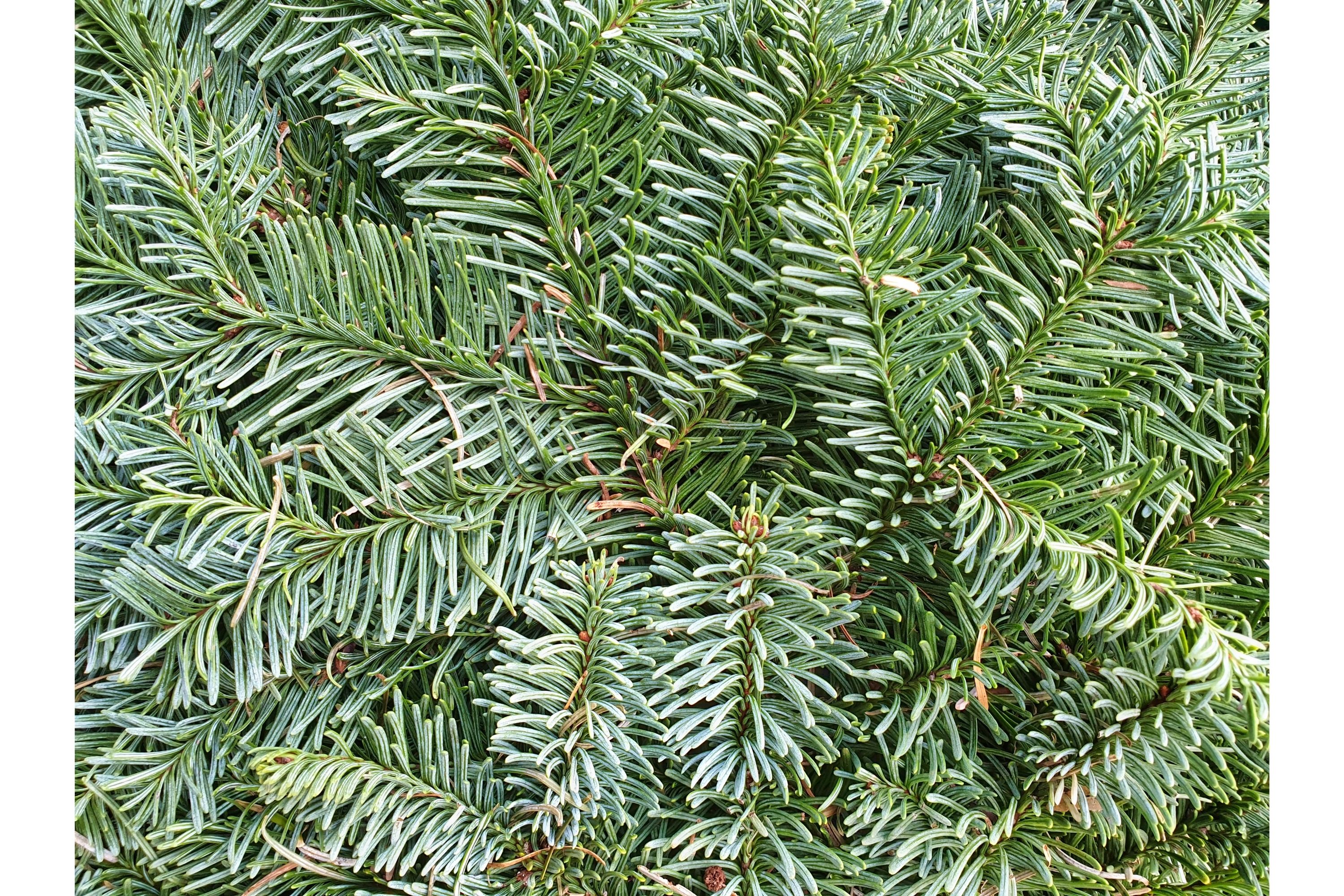Abies sibirica semenovii
(Abies sibirica semenovii)

Description
Abies sibirica semenovii (B. Fedtsch.) Farjon, 1990, is a subspecies of A. sibirica belonging tothe Pinaceae family, endemic to the Talas Alataū Mountains in the Tien Shan mountain system, in Kyrgyzstan. This subspecies differs from A. sibirica for the grooved shoots and for the needles with marginal resinal canals. Female cones are yellowish-brown when ripe. It grows at altitudes between 1300 and 2850 m, on north-facing slopes or in deep ravines where the humidity caused by the melting of winter snow remains available even in summer. Firs (Abies) are a genus of 48-56 species of evergreen coniferous trees in the family Pinaceae. They are found on mountains throughout much of North and Central America, Europe, Asia, and North Africa. The genus is most closely related to Cedrus (cedar). The genus name is derived from the Latin "to rise" in reference to the height of its species. The common English name originates with the Old Norse, fyri, or the Old Danish, fyr. They are large trees, reaching heights of 10-80 metres (33-262 feet) tall with trunk diameters of 0.5-4 m (1 ft 8 in – 13 ft 1 in) when mature. Firs can be distinguished from other members of the pine family by the way in which their needle-like leaves are attached singly to the branches with a base resembling a suction cup, and by their cones, which, like those of true cedars, stand upright on the branches like candles and disintegrate at maturity. Identification of the different species is based on the size and arrangement of the leaves, the size and shape of the cones, and whether the bract scales of the cones are long and exserted, or short and hidden inside the cone. Firs can be distinguished from other members of the pine family by the unique attachment of their needle-like leaves to the twig by a base that resembles a small suction cup. The leaves are significantly flattened, sometimes even looking like they are pressed, as in A. sibirica. The leaves have two whitish lines on the bottom, each of which is formed by wax-covered stomatal bands. In most species, the upper surface of the leaves is uniformly green and shiny, without stomata or with a few on the tip, visible as whitish spots. Other species have the upper surface of leaves dull, gray-green or bluish-gray to silvery (glaucous), coated by wax with variable number of stomatal bands, and not always continuous. An example species with shiny green leaves is A. alba, and an example species with dull waxy leaves is A. concolor.
Taxonomic tree:







